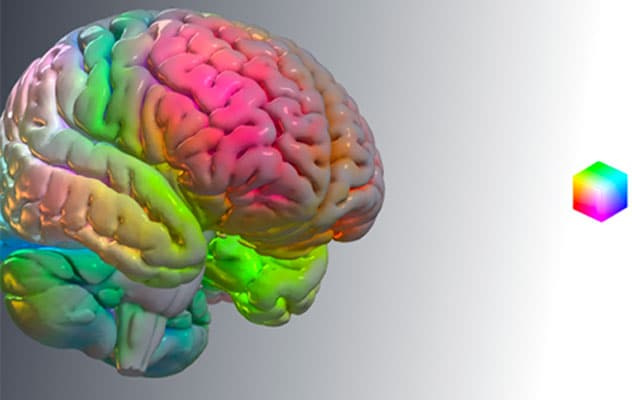April 23, 2022
Using machine learning to create models

Using machine learning to create models
Illustration depicts how complex functional anatomy relevant for the symptoms of dementia can be compressed into a simple conceptual framework.
Mayo Clinic has proposed a new model for mapping the symptoms of Alzheimer's disease to brain anatomy. Developed by applying machine learning to patient data, the model uses global functional state space rather than focal brain regions or networks to explain the relationship between brain anatomy and mental functioning.
"Disease models using focal regions or networks don't make sense with what we know about how information is represented in the brain," says David T. Jones, M.D., a behavioral neurologist at Mayo Clinic in Rochester, Minnesota. "This new model can enhance our understanding of how the brain works and breaks down during aging and Alzheimer's disease."
As described in Nature Communications, the Mayo Clinic model was developed using brain glucose uptake measurements from F18-fluorodeoxyglucose positron emission tomography (FDG-PET) performed on 423 cognitively impaired study participants with Alzheimer's molecular changes present. That data were then compressed to provide a latent space representation of glucose uptake across the Alzheimer's disease spectrum.
Using functional meta-analysis, mental functions were mapped to the observed manifold and compared to functional connectivity data derived from mapping brain networks in individuals without cognitive changes.
The predictive ability of the observed manifold for changes associated with Alzheimer's physiology was validated in a multisite study of 410 individuals. Additional validation was obtained by projecting a large amount of data from normal aging and dementia syndromes targeting memory, executive functions, language, behavior, movement, perception, semantic knowledge and visuospatial abilities.
The researchers found that the first 10 dimensions of this low-dimensional representation of degeneration explained 51% of the variance in glucose uptake.
"Our global information processing model for mental functions links neuroanatomy, cognitive neuroscience and clinical neurology," Dr. Jones says. "Focal regions are just the tip of the iceberg. If the mental functions relevant for Alzheimer's disease are performed in a distributed manner across the entire brain, a new disease model like what we are proposing is needed. We think this model can potentially impact diagnostics, treatment, and the fundamental understanding of neurodegeneration and mental functions in general."
For more information
Jones D, et al. A computational model of neurodegeneration in Alzheimer's disease. Nature Communications. 2022;13:1643.
Refer a patient to Mayo Clinic.